It’s a sunny August morning. I’m sitting in front of my computer in a t-shirt, shorts and Converse sneakers, listening to Rush.
You could easily assume the year is 1992. I did spend a lot of the summer of 1992 that way. But of course, no… it’s 2012. The music and attire may be (almost) the same, but the computer is not a Tandy 1000 EX with 640 KB of RAM. It’s a MacBook Air connected to a 23-inch LCD flat panel, with 4 GB (4,194,304 KB) of RAM.
So, the more things change, the more they stay the same. (Or, as Rush and the French say, “plus ça change, plus c’est la même chose.”) That saying will be put to the test tonight when I attend my 20-year high school class reunion.
The last time I will have seen many of these people is 10 years ago, at our last reunion. But a couple of significant things have happened in the past 10 years.
First, we are now 20 years out of high school. Which means that, for the first time, we are gathering having lived more of our lives after high school graduation than before it.
My biggest fear: I won’t recognize someone who recognizes me. There was a time in my life, even some years after graduation, when I could confidently name every single one of the 200-or-so people in my graduating class. But now I look at our class photo with only a vague recollection of a lot of now-nameless faces. Even among the people in the photo I do still remember and can name, will I recognize them with all of the changes 20 years have brought? Will I recognize them without teased perms and mullets?
Second, Facebook.
Like it or hate it (or both, as seems to be the case with most people), Facebook has had a profound impact on how we keep in touch with the people in our lives, especially those on the periphery of it. And few people occupy the periphery of our lives quite like those we spent 13 years with in public school and then haven’t seen since.
There are plenty of people with whom I was at best a passing acquaintance in high school, but who are now, by Facebook terms, my “friends.” Facebook keeps us in contact with a wide network of friends, family, coworkers and acquaintances past and present in ways that were never before imaginable. But for the most part these contacts are profoundly superficial. I might know that you went to the beach last weekend, or what you had for lunch, or that you have too much time on your hands to spend looking at cat photos, or that you and I have divergent political views. But when’s the last time we actually saw each other face to face? When did we go out for a beer or come over to each other’s houses for a barbecue or work together on an exciting new project? Facebook defines trivia, in the worst possible way.
Sadder though than the superficial connections Facebook creates with people I only ever had superficial connections with in the first place, are the superficial connections Facebook creates between me and the people with whom I was actually close friends in high school. Sure, many of them are now scattered across the country (or the world) and we couldn’t really hope for a more “real” connection than what Facebook offers. But a handful of my good friends from high school currently live in the same city as I do, and yet we only have those same trivial connections on Facebook. We could get together any time we want, not just when our entire class converges on our hometown to mark the frighteningly fast passage of time.
But we don’t.
Over the past few years I’ve been looking forward to this reunion with uncertainty. What kind of impact was Facebook going to have on it? Are reunions even necessary in the era of Facebook? Now that it’s (almost) here, I’m getting a better sense that, yes, reunions do still have an important place in our lives. Because while Facebook might keep us connected, it doesn’t really keep us in touch.
It does make planning the event a lot easier though.



